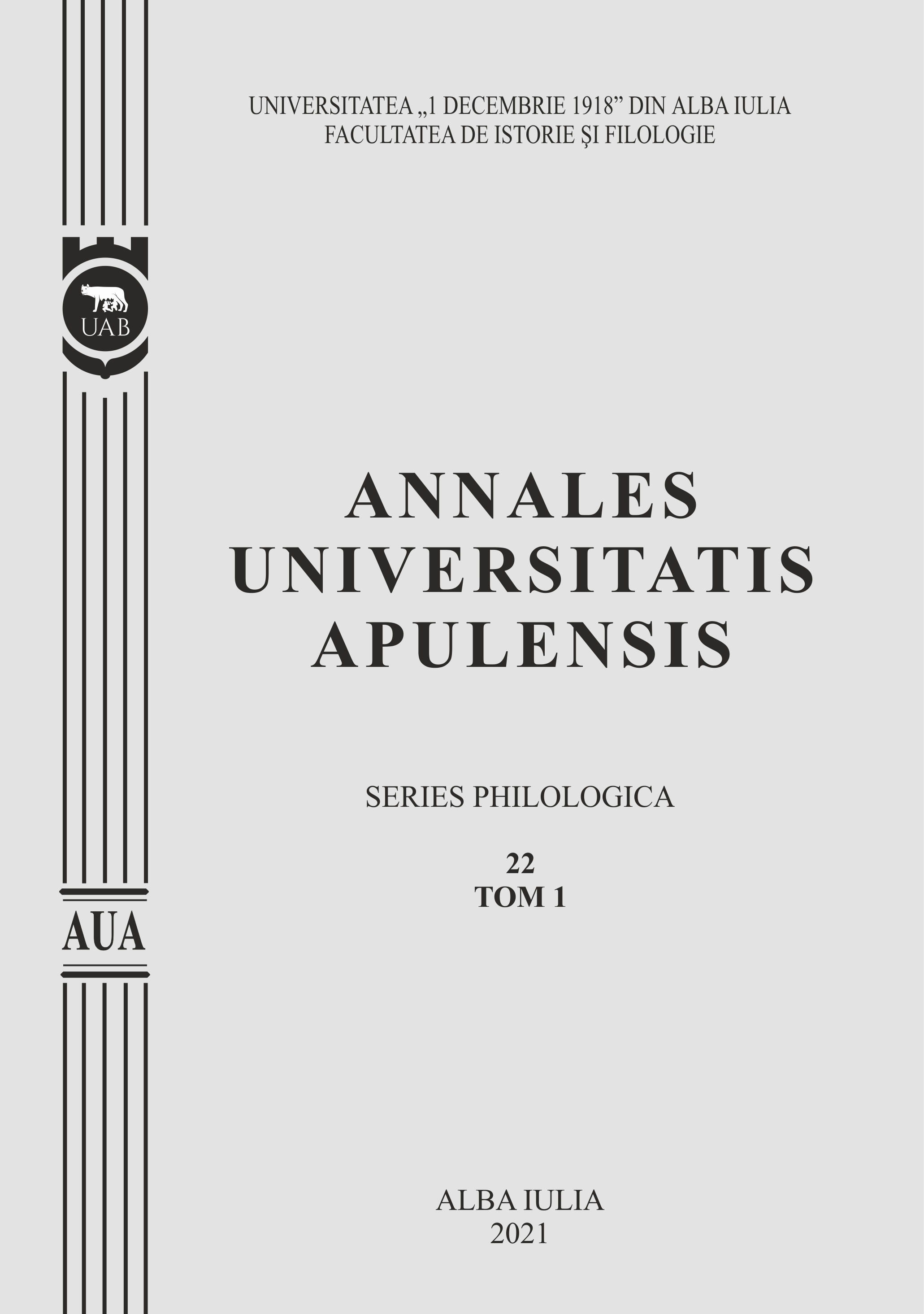ARTEFACTELE ȘI GENEALOGIA UNIVERSULUI FICȚIONAL LA OLGA TOKARCZUK ȘI D.R. POPESCU
Artifacts and the Genealogy of the Fictional Universe in Olga Tokarczuk and D.R. Popescu
Author(s): Cristian-Petru VieruSubject(s): Language and Literature Studies, Studies of Literature, Comparative Study of Literature
Published by: Universitatea »1 Decembrie 1918« Alba Iulia
Keywords: historiographical metafiction; magical realism; entropic vision; artifact; D.R. Popescu; Olga Tokarczuk;
Summary/Abstract: The novels of the Polish writer Olga Tokarczuk and those of D. R. Popescu are always tending to the trysting place of realism and historiographical metafiction, both authors using artifacts as a central motif, with a strong suggestive force in triggering the plot. The presence of cultural symbols in two of the authors' works, Drive Your Plow over the Bones of the Dead, and The Ice Bridge, respectively, play the same role in the generation of the chronodiegetic universe, which is closely related in the two novels through the entropic vision of humanity's destiny in late modernity. On the other hand, the fictional universe subversively mirrors in both texts the human condition in the context of totalitarian regimes, through the code of the enigma, sacrificial myths, or myths of the savage mind, the labyrinth of errors to the point where the human-bestial dividing line gets blurred. Drive Your Plow over the Bones of the Dead falls into the category of the problematic novel, which condemns the abuses of history through the policy of protecting those guilty of crimes against humanity - the parabolic meaning of hunting, which has, in primitive peoples, the meaning of a rite of initiation. D.R. Popescu himself used the motif in The Royal Hunt - a parable of the arbitrariness of totalitarian power (the absence of law, the presence of a jungle of ferocious, bestial confrontation). Cultural artifacts (myth, photography, archetypal narratives, etc.) offer alternatives through the institution of meaning (nomos), which is the source and path of truth. The Ice Bridge is written in a fantastic key, reviving ancient myths, associating titanic figures of long-gone cultures with banal characters of the communist age in order to expose, through the onset of a grotesque atmosphere, aspects of discretionary policies. It is through the presence of artifacts in the two novels that a structure of meaning emerges and a "determination of their basis and social meaning" is revealed, as Clifford Geertz argues in The Interpretation of Culture.
Journal: Annales Universitatis Apulensis. Series Philologica
- Issue Year: 22/2021
- Issue No: 1
- Page Range: 200-207
- Page Count: 8
- Language: Romanian

